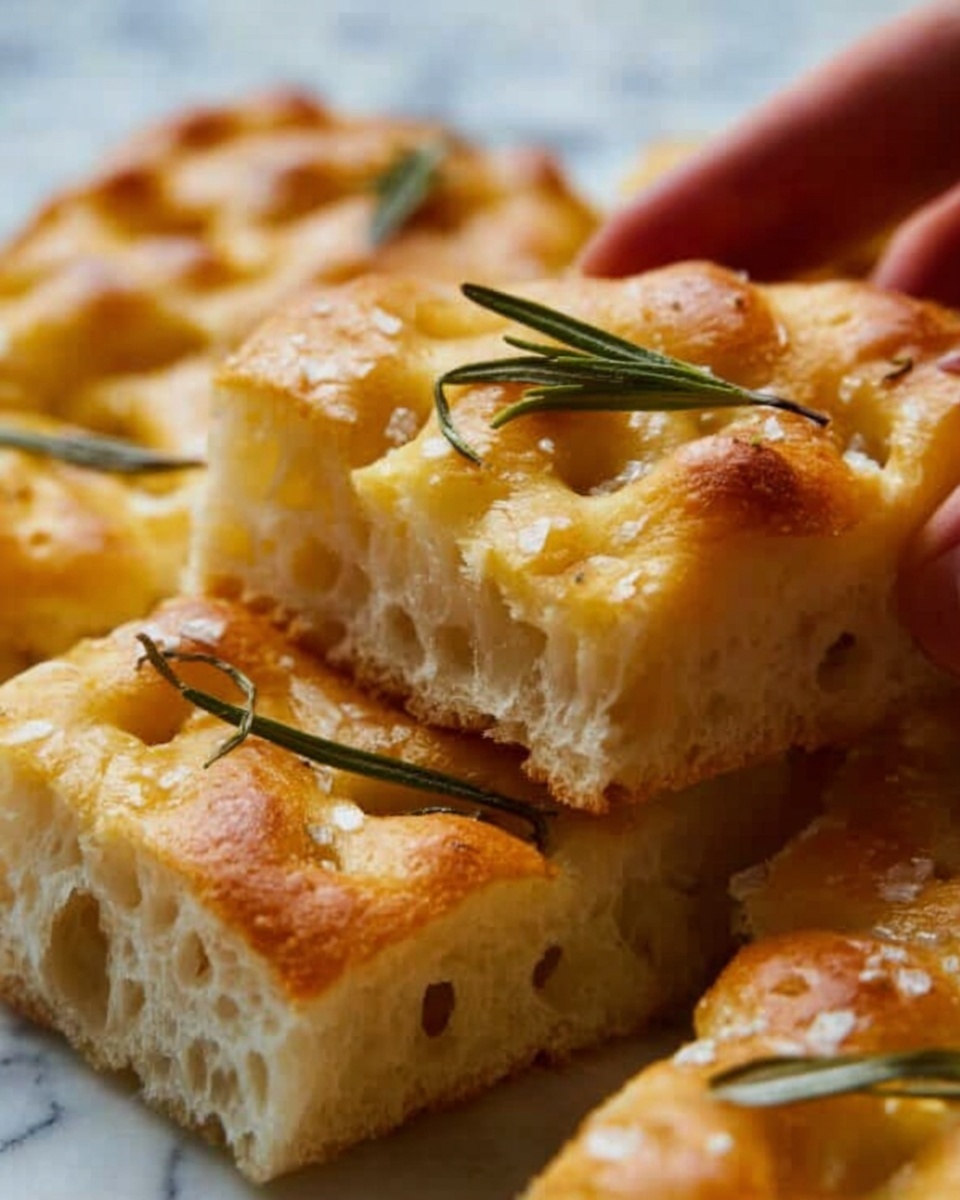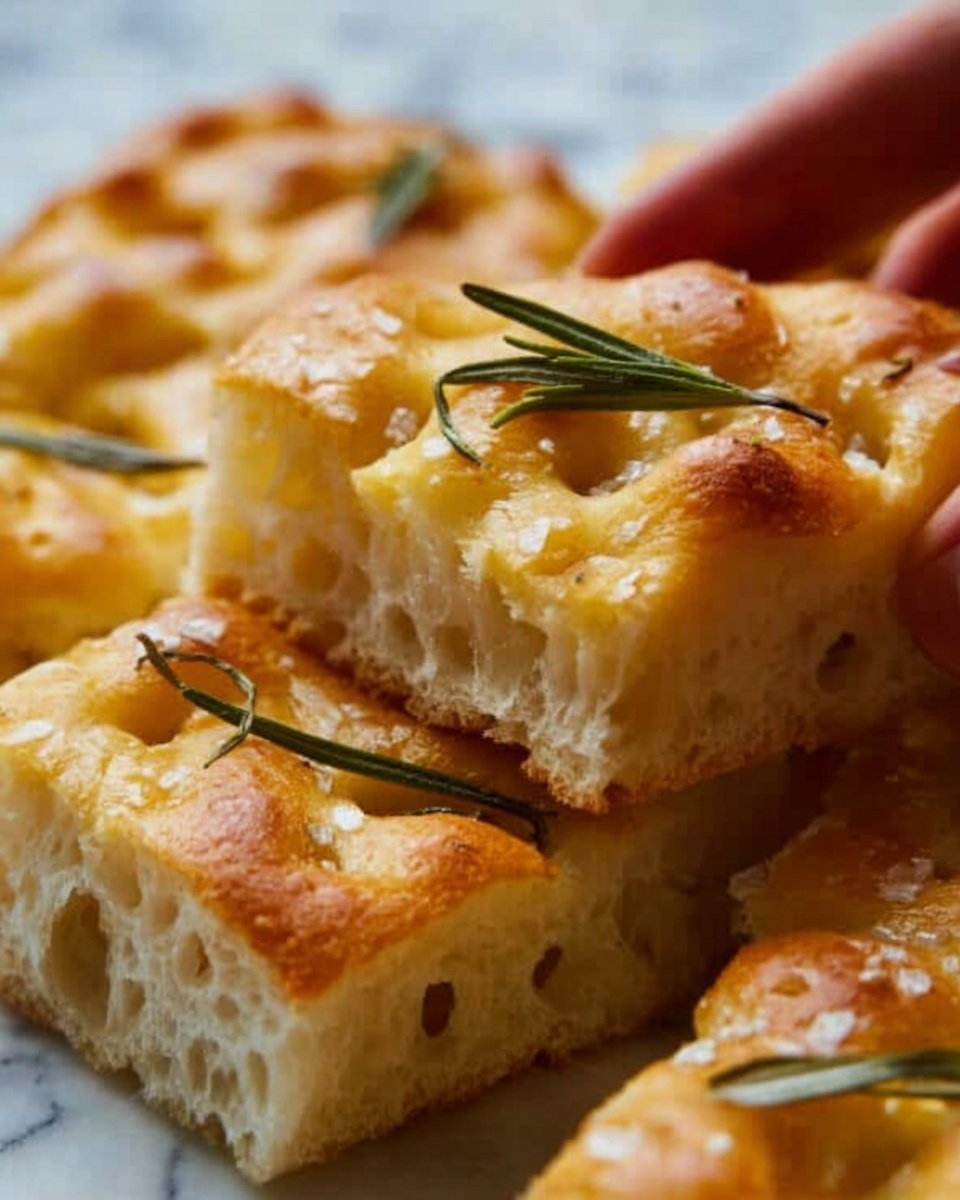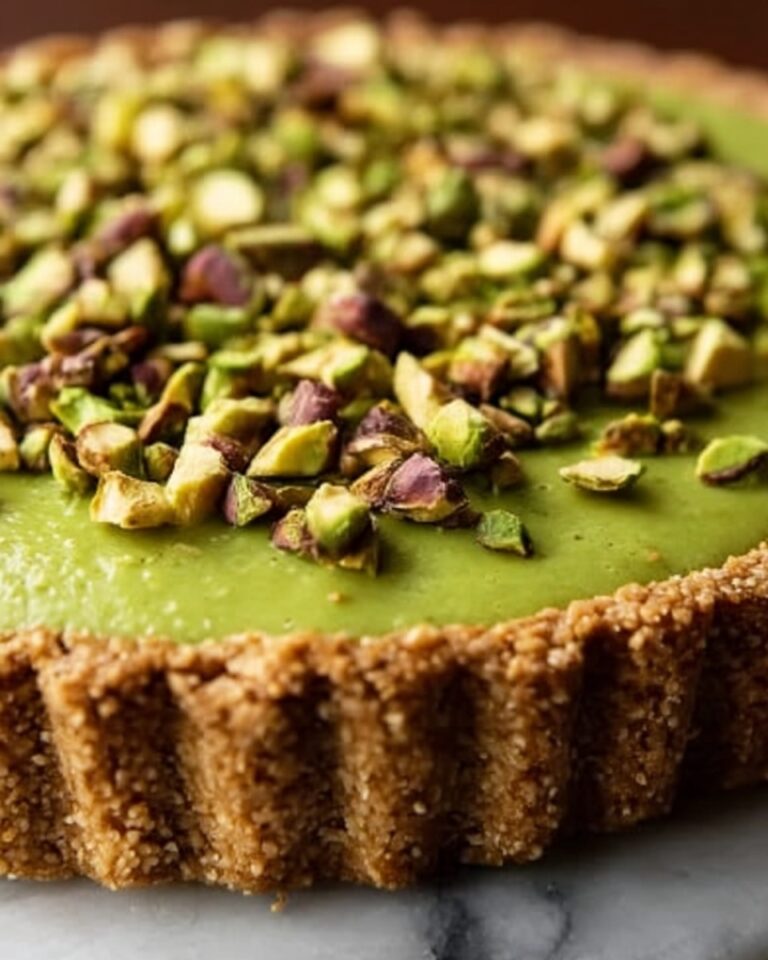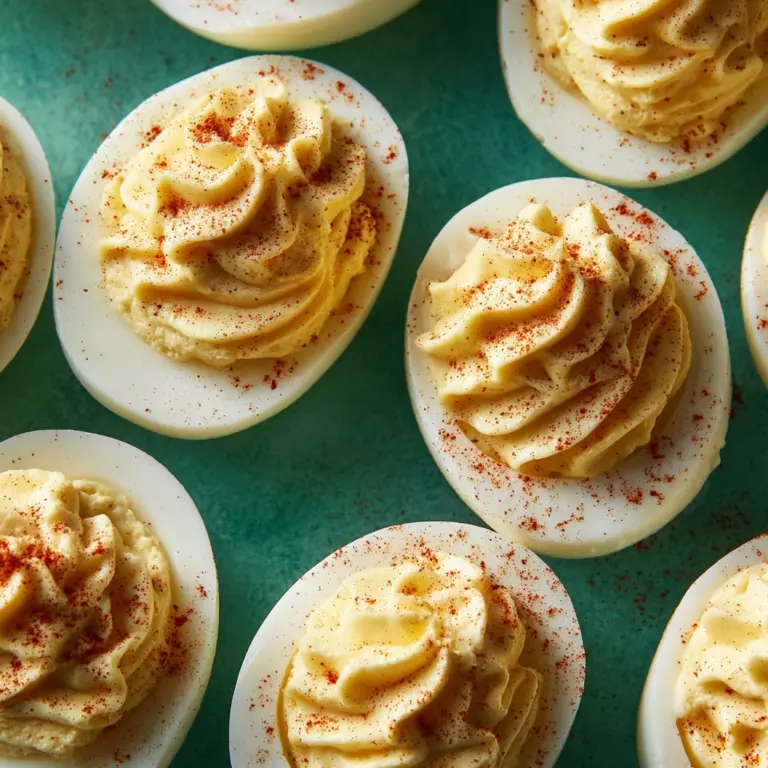If you have a soft spot for rustic, aromatic breads that feel like a warm hug straight from the oven, then you are going to absolutely love this Rosemary Focaccia Recipe. It’s a beautifully simple yet deeply flavorful focaccia, bursting with fragrant fresh rosemary and just the right touch of sea salt to bring out every bit of its savory goodness. This recipe creates a delightfully crispy crust that gives way to a pillowy, airy crumb, making it a perfect companion for everything from soups to charcuterie boards or just on its own with a drizzle of olive oil.

Ingredients You’ll Need
Every ingredient here plays a vital role in crafting the perfect balance of texture and flavor in this Rosemary Focaccia Recipe. These pantry staples lend a comforting familiarity but come together to create something uniquely delicious.
- Active dry yeast (2 1/4 teaspoons): This little packet is the magical ingredient that helps the dough rise and become wonderfully airy.
- Warm water (1 1/4 cups, about 110°F/45°C): Just the right temperature to wake up the yeast without harming it, ensuring a good rise.
- Sugar (2 teaspoons): A small sweetness that feeds the yeast and helps develop a golden crust.
- All-purpose flour (3 1/2 cups): The foundation of the dough, providing structure while remaining tender in the crumb.
- Olive oil (1/4 cup plus extra for drizzling): Adds moisture, enriches flavor, and creates that irresistible crispness on top.
- Salt (2 teaspoons): Essential for seasoning the bread and enhancing all the other flavors.
- Fresh rosemary, chopped (2 tablespoons) or dried rosemary (1 tablespoon): The star herb that infuses the focaccia with an earthy, piney aroma.
- Coarse sea salt, for sprinkling: Adds a satisfying crunch and bursts of salty flavor with every bite.
How to Make Rosemary Focaccia Recipe
Step 1: Activate the Yeast
Start by combining warm water, sugar, and active dry yeast in a small bowl. Let this mixture sit for about 5-10 minutes until it’s beautifully foamy. This step awakens the yeast, ensuring your dough rises perfectly light and fluffy.
Step 2: Mix the Dough
In a large mixing bowl, combine the flour, olive oil, salt, and the activated yeast mixture. Stir everything together until it forms a sticky dough. Then transfer it onto a floured surface and knead for about 8-10 minutes until the dough feels smooth and elastic. If you have a stand mixer with a dough hook, this is a great time to use it for easier kneading.
Step 3: First Rise
Place the dough into a greased bowl and cover it with a clean towel or plastic wrap. Let it sit in a warm spot to rise for 1 to 1.5 hours, or until it doubles in size. This slow rise is what gives the focaccia its signature airy texture and depth of flavor.
Step 4: Shape the Focaccia
Once risen, gently punch down the dough to release any large air bubbles. Transfer it to a greased 9×13-inch baking pan or a lined baking sheet. Stretch and press the dough to fit the pan, then use your fingertips to create lovely dimples all over the surface—this is classic focaccia style and helps hold in the olive oil and toppings.
Step 5: Add Toppings and Second Rise
Drizzle generous amounts of olive oil over the dough, ensuring some pools in those charming dimples. Sprinkle chopped rosemary and generous pinches of coarse sea salt evenly across the top. Cover and let it rise again for 20-30 minutes while your oven preheats to 400°F (200°C). This second rise develops even more lightness and flavor.
Step 6: Bake to Perfection
Bake the focaccia in your preheated oven for 20-25 minutes until the crust turns a gorgeous golden brown and crispy around the edges. The intoxicating aroma of rosemary and olive oil filling your kitchen will be impossible to resist.
Step 7: Serve
Let the focaccia cool slightly before slicing it into squares or strips. Serve warm for the best texture and flavor experience. Every bite should feel like sunshine on your palate.
How to Serve Rosemary Focaccia Recipe

Garnishes
To up the visual and flavor appeal, consider sprinkling a fresh dusting of chopped rosemary right before serving or a light drizzle of extra virgin olive oil for an added sheen and silkiness. A little grated Parmesan or flaky sea salt can also elevate the final presentation.
Side Dishes
This focaccia is insanely versatile as a side. Pair it with a hearty bowl of minestrone or tomato basil soup, an antipasto platter, or alongside grilled vegetables and cheeses. It’s also fantastic as a base for sandwiches loaded with fresh mozzarella, tomatoes, and basil.
Creative Ways to Present
Why not transform your Rosemary Focaccia Recipe into individual serving portions by baking it in muffin tins for portable, little focaccia cups? Or slice it into strips and serve with a trio of dipping oils flavored with garlic, chili, or herbs for a vibrant appetizer spread that wows guests.
Make Ahead and Storage
Storing Leftovers
If you have any focaccia leftover (though we doubt it will last long), store it tightly wrapped in plastic wrap or in an airtight container at room temperature for up to 2 days. This helps keep the crust from drying out while the crumb stays soft.
Freezing
You can freeze Rosemary Focaccia Recipe dough after the first rise by wrapping it tightly and placing it in the freezer for up to 1 month. When ready to bake, thaw overnight in the fridge, then proceed with shaping, topping, and baking. Alternatively, freeze baked focaccia slices wrapped well and thaw before reheating.
Reheating
Reheat slices in a preheated oven at 350°F (175°C) for 5-7 minutes to revive that crusty exterior and warm the interior. Avoid microwaving as it tends to make the bread chewy rather than crispy. A quick toast also works beautifully for smaller pieces.
FAQs
Can I use dried rosemary instead of fresh?
Absolutely! If fresh rosemary isn’t available, using dried rosemary is a great alternative—just remember to use about half the amount since dried herbs are more concentrated.
Is it necessary to punch down the dough after the first rise?
Yes, gently punching down the dough helps redistribute the yeast and gases, allowing for a more even second rise and a better crumb texture in the final bread.
Can I make this recipe gluten-free?
This Rosemary Focaccia Recipe relies on gluten to achieve its characteristic texture, so gluten-free flour would require a specialized blend and likely additional binding ingredients. It’s best to look for a dedicated gluten-free focaccia recipe for best results.
How long can I store focaccia at room temperature?
Fresh focaccia is best enjoyed within 1-2 days at room temperature. After that, it tends to lose its freshness, so consider freezing leftovers if you want to keep it longer.
Can I add other toppings besides rosemary?
Definitely! While rosemary is classic, other toppings like caramelized onions, olives, cherry tomatoes, or even thin slices of garlic can complement the focaccia beautifully and add wonderful twists.
Final Thoughts
This Rosemary Focaccia Recipe is one of those magical homemade breads that tastes like it belongs in a cozy Italian kitchen. Its irresistible aroma, crunchy yet tender bite, and the comforting simplicity of its ingredients make it a true crowd-pleaser. I can’t recommend enough giving this recipe a try—you’ll find yourself reaching for another slice before you know it!
Print
Rosemary Focaccia Recipe
- Prep Time: 20 minutes
- Cook Time: 25 minutes
- Total Time: 3 hours 15 minutes
- Yield: 8 servings
- Category: Bread
- Method: Baking
- Cuisine: Italian
Description
This Rosemary Focaccia is a fluffy, golden-brown Italian flatbread infused with fragrant fresh rosemary and topped with coarse sea salt and olive oil. Its crisp edges and soft, dimpled interior make it perfect as an appetizer, snack, or accompaniment to any meal. The recipe involves a two-stage rising process and bakes to perfection in the oven.
Ingredients
Yeast Mixture
- 2 1/4 teaspoons active dry yeast (1 packet)
- 1 1/4 cups warm water (about 110°F/45°C)
- 2 teaspoons sugar
Dough
- 3 1/2 cups all-purpose flour
- 1/4 cup olive oil (plus extra for drizzling)
- 2 teaspoons salt
Toppings
- 2 tablespoons fresh rosemary, chopped (or 1 tablespoon dried rosemary)
- Coarse sea salt, for sprinkling
Instructions
- Activate the Yeast: In a small bowl, combine the warm water, sugar, and active dry yeast. Let it sit for 5 to 10 minutes until the mixture becomes foamy, indicating the yeast is active.
- Mix the Dough: In a large bowl, combine the flour, olive oil, salt, and the foamy yeast mixture. Stir until a rough dough forms. Knead the dough on a floured surface for 8 to 10 minutes until it becomes smooth and elastic, or use a stand mixer with a dough hook to knead for about 6 to 7 minutes.
- First Rise: Place the dough in a greased bowl, cover it with a towel or plastic wrap, and let it rise in a warm environment for 1 to 1.5 hours, or until it doubles in size.
- Shape the Focaccia: Punch down the risen dough to release air. Transfer it to a greased 9×13-inch baking pan or a lined baking sheet. Stretch and press the dough evenly to fit the pan, then press your fingertips into the surface to make dimples throughout the dough.
- Add Toppings: Drizzle olive oil generously over the dough, ensuring to fill the dimples with oil. Sprinkle the chopped fresh rosemary and coarse sea salt evenly on top.
- Second Rise: Cover the pan and let the dough rise again for 20 to 30 minutes while you preheat the oven to 400°F (200°C).
- Bake: Bake the focaccia in the preheated oven for 20 to 25 minutes or until the bread is golden brown and crispy around the edges.
- Serve: Remove from the oven, allow it to cool slightly, slice into pieces, and serve warm.
Notes
- Ensure your water is warm but not hot to avoid killing the yeast.
- Using fresh rosemary provides the best flavor; dried rosemary can be used if fresh is not available.
- Pressing dimples into the dough is essential to create the classic focaccia texture and to hold the olive oil and toppings.
- You can add other toppings such as garlic, olives, or cherry tomatoes for variety.
- Store leftover focaccia in an airtight container at room temperature for up to 2 days or freeze for longer storage.








